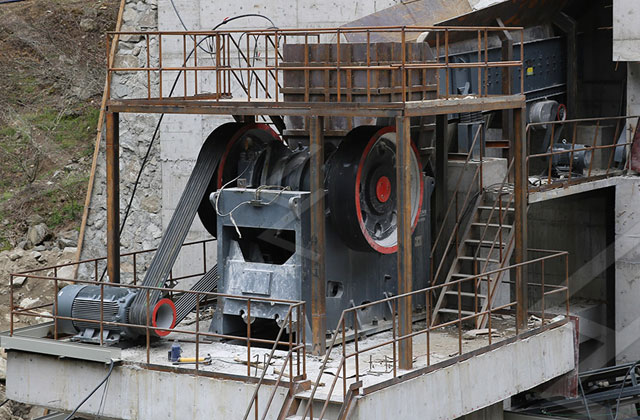Calcite is a widely occurring mineral that plays a crucial role in various industries due to its unique properties. The process of crushing calcite involves several stages, and choosing the right equipment is essential for efficient and cost-effective production. In this article, we will explore the calcite crushing process and highlight the role of manufacturers in providing suitable equipment for this purpose.

Mining and Extraction:
The calcite crushing process begins with mining. Manufacturers collaborate with mining companies to extract calcite-rich rocks from quarries. These rocks undergo primary crushing to break them down into manageable sizes. The extracted material is then transported to the crushing plant for further processing.
Primary Crushing:
At the crushing plant, the mined calcite is subjected to primary crushing. Heavy-duty machinery, such as jaw crushers or gyratory crushers, breaks down the large rocks into smaller, more manageable pieces. This primary crushing stage is crucial for setting the stage for subsequent processes, ensuring the material is suitable for further size reduction.
Secondary Crushing:
Following primary crushing, the calcite undergoes secondary crushing to achieve the desired size for downstream applications. Cone crushers or impact crushers are commonly used in this stage. Manufacturers employ precision in choosing the right equipment and adjusting parameters to achieve the required particle size distribution.
Screening and Classification:
To ensure uniformity in the final product, manufacturers incorporate screening and classification processes. Vibrating screens or air classifiers separate the crushed calcite into different size fractions. This step is critical for applications where specific particle sizes are required, such as in the production of construction materials or pharmaceuticals.
Grinding and Micronization:
For certain applications, such as in the manufacturing of paints, plastics, or pharmaceuticals, micronization is necessary. Micronization involves further reducing the particle size of calcite to achieve a fine powder. Grinding mills, such as ball mills or roller mills, are utilized for this purpose. Manufacturers carefully control grinding parameters to achieve the desired particle size and distribution.
Quality Control:
Throughout the entire calcite crushing process, manufacturers implement rigorous quality control measures. Analytical techniques, including particle size analysis and chemical composition testing, ensure that the final product meets the required specifications. Quality assurance is crucial to delivering calcite with consistent properties for diverse industrial applications.
The calcite crushing process involves various stages, from exploration to packaging. Manufacturers play a crucial role in providing the equipment needed for efficient and reliable operations. Choosing the right equipment and manufacturer is essential for optimizing the calcite crushing process and ensuring the production of high-quality end products.
